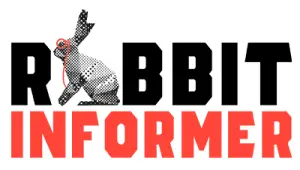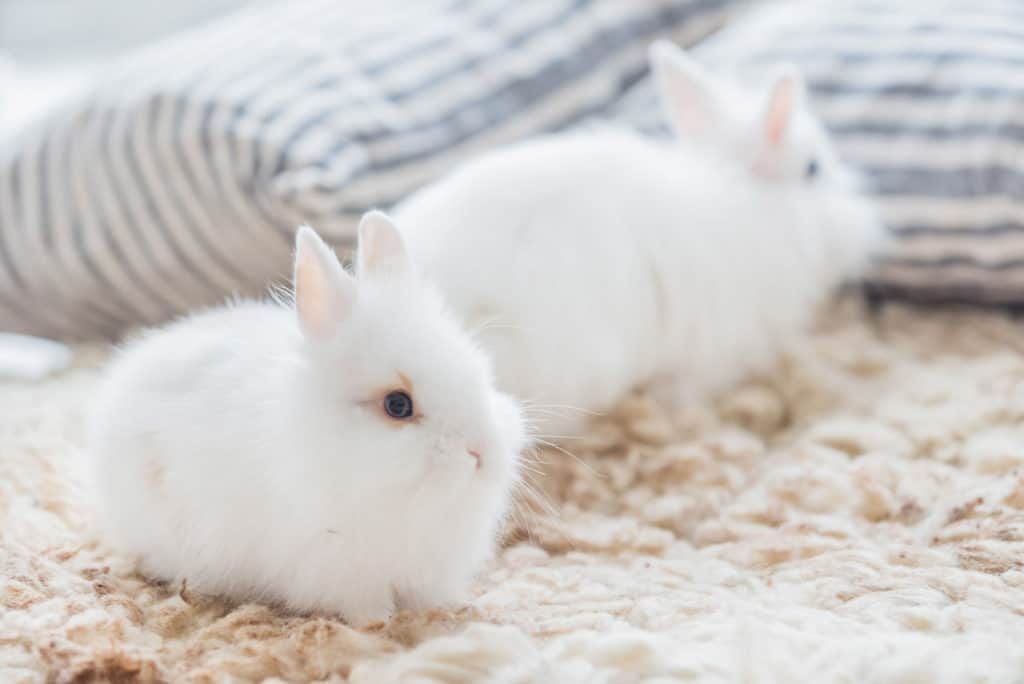
Rabbits, while being adorable, quiet, and affectionate pets can leave quite a mess behind. Cleaning up bits of hay, fur, and poop, quickly become an indoor rabbit owner’s full-time job. Because most of these rabbit remnants are dry, your first instinct will probably be to reach for the vacuum, but is this the best option? You may be a rabbit owner, but you’re also a vacuum owner. What happens when you vacuum up rabbit poop?
While it is possible to vacuum up rabbit poop, the average vacuum will be easily clogged with the poop, fur, hay, and other debris rabbits leave behind. Shop vacs, which offer powerful wet or dry suction capabilities, are an effective and low-cost way to keep your home clean and your life clog-free.
The appeal of vacuuming up after your rabbits is that it’s easy and fast– The classic broom and dustpan are the rabbit owner’s fail-safe, but the sheer quantity of droppings rabbits leave behind can make it frustrating to clean up time after time. Having a quick, clean, reliable option on hand is a lifesaver.
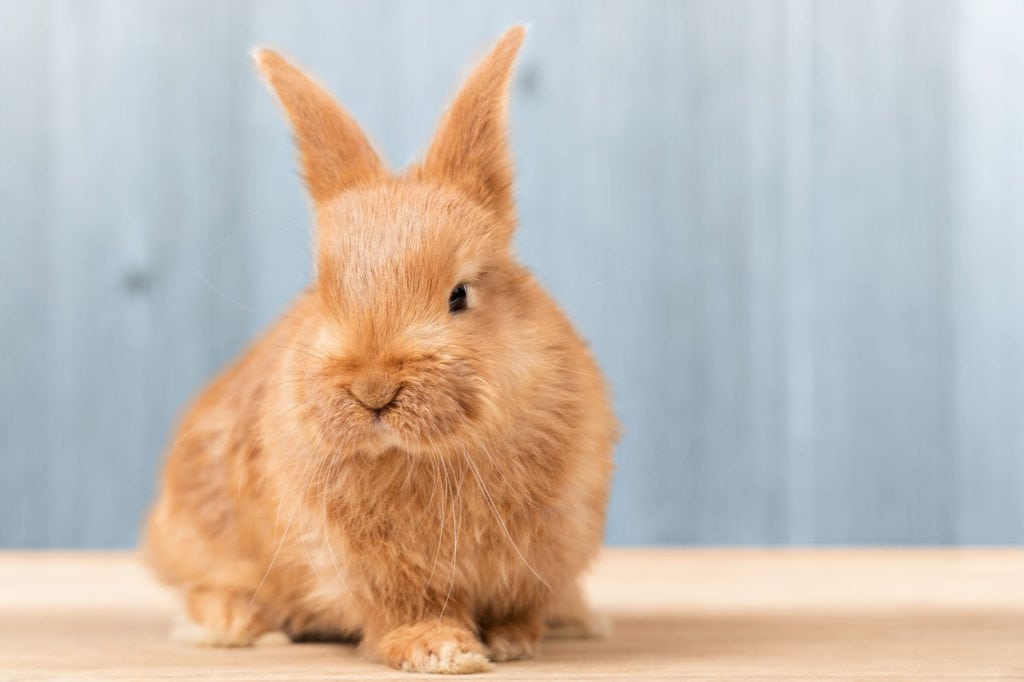
Qualities to Look For in a Good Rabbit Vacuum
Most commercial household vacuums are designed to handle mostly dust and dirt, not heavy droppings or strands of hay. While many highly-rated brands and models work better for pet owners than the average vacuum does, they can also cost hundreds of dollars.
It’s true that these vacuums work quite well and handle rabbit droppings easily, but these options aren’t the best for every situation. How many rabbits you own and how messy your rabbits are will define your needs for a good pet vacuum, however, so the investment may be worth it to you!
Every owner, whether new or experienced, wants to know How to Keep Their Rabbit’s Cage Clean. This article will give you a list of 5 tips that I have found successful in all my years of caring for rabbits.
Suction
Suction is one of the biggest qualities to look for when getting a vacuum for your rabbits. Vacuums with powerful motors will have stronger suction abilities, and you will want something strong enough to handle sucking up lots of heavy rabbit droppings and fur.
ShopVacs are recommended, since they are fairly cheap, heavy-duty, and are designed to suck up larger particles than dust and dirt. However, they do not contain and manage dust very well and aren’t the best for people with allergies.
Bag/Canister Size
The bigger your canister size, the longer the stretch you can go between cleaning your vacuum out. Rabbit droppings shouldn’t stay in a vacuum bag or canister for long periods of time, since the heat of the vacuum operating and lack of light can cause bacteria to grow and stink.
Easy To Clean Out
When dealing with rabbit leavings, the easier your vacuum is to clean out, the better. Lots of bagless vacuums are great because you can pull the dust chamber out and toss the contents, and you get the added benefit of not spending money on vacuum bags if you find yourself cleaning up after your rabbits quite a bit.
Consider how easy your vacuum will be to take apart for repairs or how complicated it will be to unclog. If it does get clogged, will it be easy to fish around and knock the clog out?
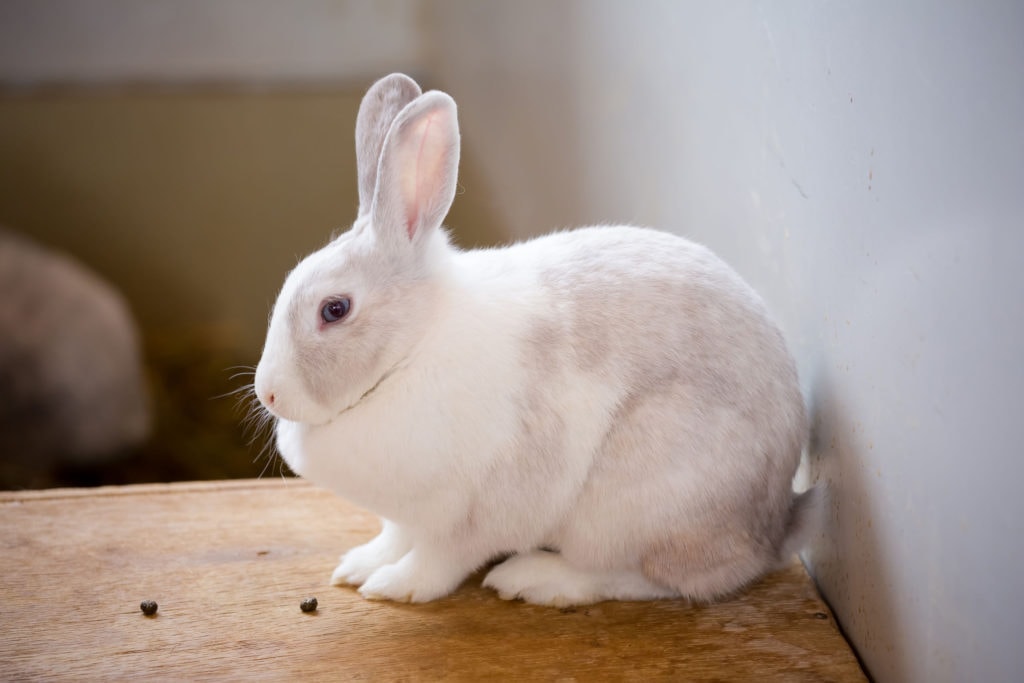
What to Avoid Vacuuming– What Clogs Vacuums?
Lots of rabbit owners find that using a beater bar for cleaning up droppings isn’t as effective as using the hose. Droppings will often get caught and chewed up in the beater bar without being sucked into the vacuum itself, so using the hose for these is best.
Most vacuums are not designed to suck up entire pieces of hay and straw, even the powerful ones. Long pieces of hay get caught in the tubing easily and sucking up too many of them will form a clog. Small pieces of hay won’t be as big of a problem, but they should still be avoided.
Doing a cursory sweep with a broom and dustpan of your rabbit’s play area will save you an extra headache in the long run. Even if your rabbits’ play area is on carpet or rug, taking the time to pick up the larger pieces and picking up the strands of hay and then vacuuming will save you extra time and effort.
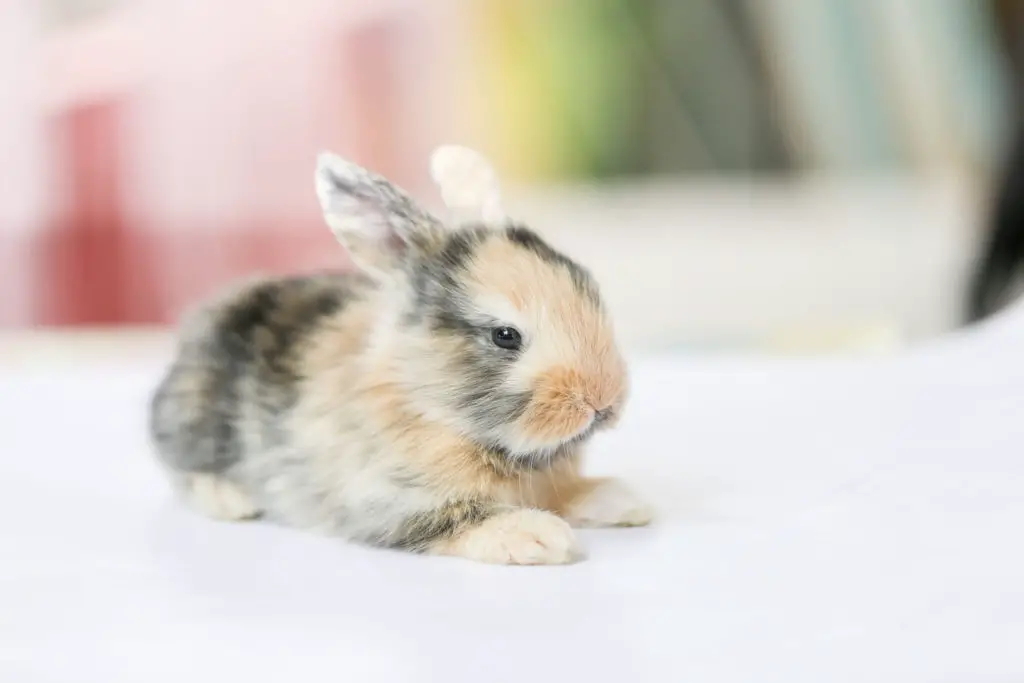
Other Methods of Cleaning up After Your Rabbits
Accidents happen, and rabbit poo isn’t always the culprit. If your rabbits are still litter training, don’t despair… there are plenty of easy and safe ways to clean up after your rabbit’s messes!
Healthy rabbit poops don’t have much of a smell and will be fairly easy to clean up. The fear is that you accidentally step on one and mush it into the floor or carpet, but these kinds of stains can be easily lifted without harsh chemicals.
Unlike rabbit poop, rabbit urine has a strong smell, and regular soap and water aren’t going to completely remove the scent. Even if you can’t smell it, patches of urine that aren’t cleaned properly can still be detected by your rabbit which may cause your rabbits to develop bad litter training habits.
Carpets
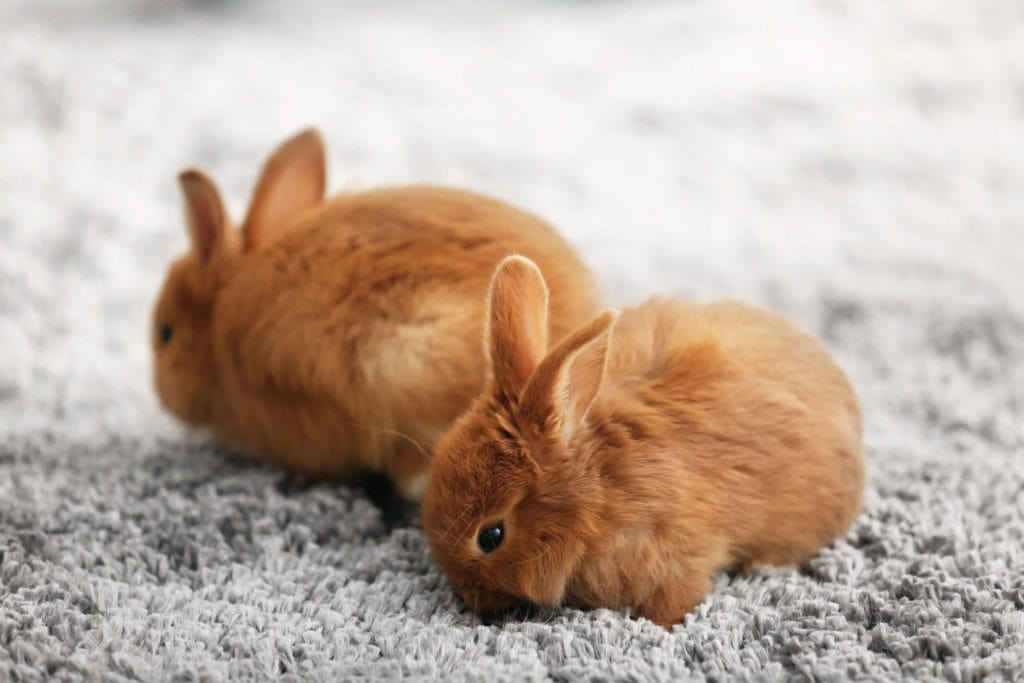
To remove stains and eliminate odors, you will need white distilled or apple cider vinegar, water, a spray bottle or other container, and baking soda. Optional: hydrogen peroxide
- Find it fast. Taking care of the stain while it’s still fresh is going to be way easier than discovering it later when it’s dry. if you are able to clean It quickly, you will probably need to go over this process only once. This isn’t always possible, but
- Create a 1:1 solution of water and vinegar. You can put this solution in a clean spray bottle or just mix it up in a container. Spray bottles will allow you the control the amount of solution easily, but both work.
- Soak the area with the solution. Use just enough to cover the stain and potentially rehydrate it.
- Apply baking soda. Sprinkle soaked area heavily with baking soda. You should hear that classic fizzle. This will help to eliminate odors.
- Wait 20-30 minutes. This will ensure that all odor is being removed and that the stain is being lifted.
- Vacuum up the baking soda.
- Blot up the remaining moisture. If the stain persists, refrain from rubbing or scrubbing, and repeat the process until the stain is lifted completely.
- Spray Hydrogen Peroxide. If there’s still a smell, spraying hydrogen peroxide over the area and blot it up. This will help kill bacteria and remove it.
NOTE: avoid using dangerous chemicals like ammonia or bleach! These are very strong and are not safe for rabbits! Something else you might be using around the house that you may want to reconsider are puppy pads. Check out this article “Are Puppy Pads Safe for Rabbits” to learn more!
Hard Floors: Tile, Laminate, Wood:
For Tile and Laminate:
To safely and completely remove scents and sanitize the area, blot up or scrub up messes with paper towels, then spray down the area with the above 1:1 diluted vinegar solution. After a few minutes, spray the same area down with hydrogen peroxide. Wipe up the vinegar and peroxide and you should be good to go!
DO NOT premix vinegar and hydrogen peroxide together, as this creates a chemical reaction, can be poisonous to both you and your rabbit, and is less effective as a sanitizer.
For Wood Floors:
Wood floors are beautiful, but they are difficult to protect and take care of, especially with pets around. The best thing you can do for your wood floors is catching the mess early on before poo leaves any stains and before urine eats through the finish and soaks in. Again, using the 1:1 diluted vinegar will take out the odor and stain. Let it sit for 10 minutes, then wipe up, and dry completely. If any damage remains, and sand down with sandpaper and refinish the area.
